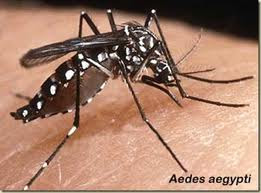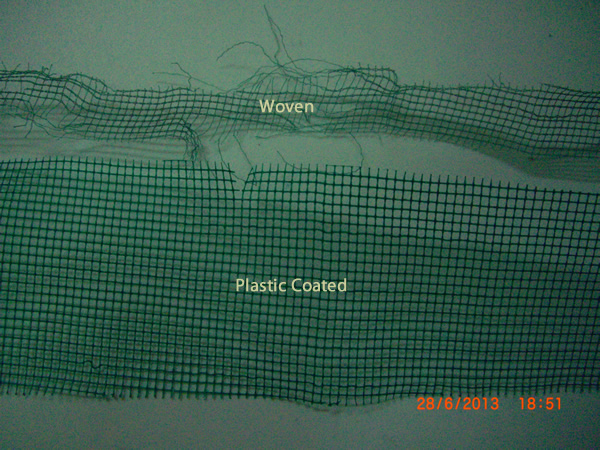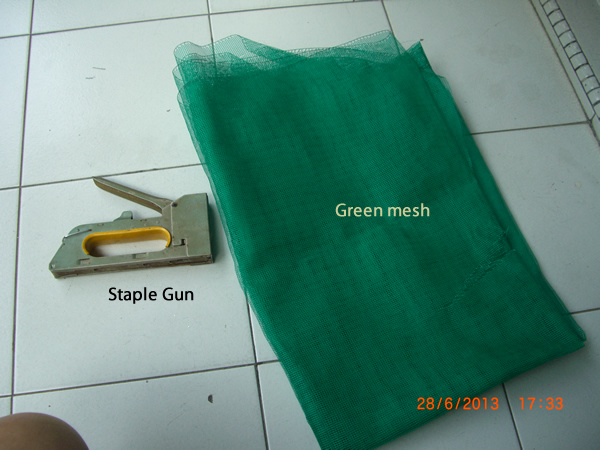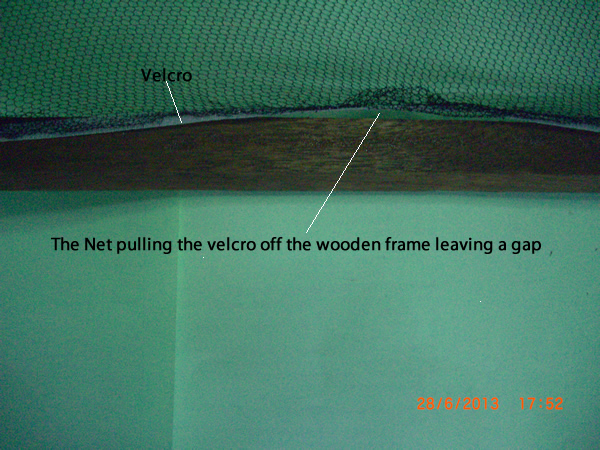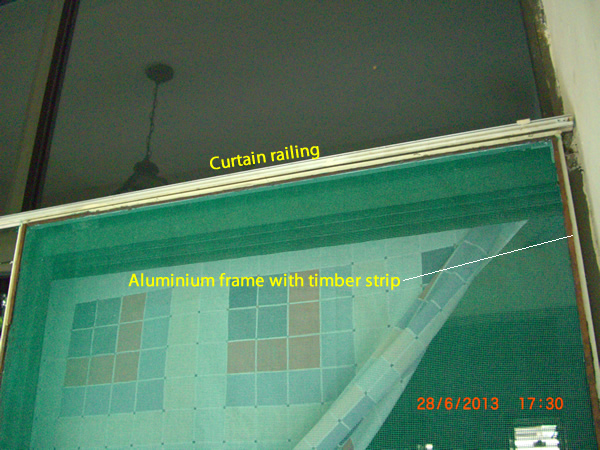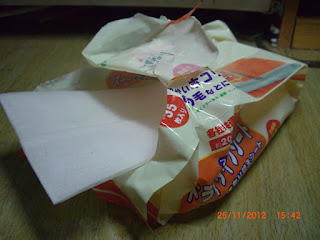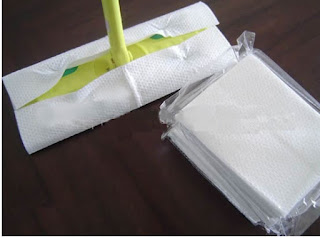Introduction
Dengue is the name of a disease spread by a special mosquito called aedes mosquito.
To date, It has claimed 4 lives in Singapore Philippines , Malaysia and other countries in South East Asia . So far, there is no cure or drugs for treating dengue; doctors will just prescribe pain killers and make observation for life threatening signs. This article will describe the experience that the author has had fighting against Dengue.
How To Prevent?
The only way is to avoid a mosquito bite but it is easily said than done as mosquito is everywhere. The common knowledge is to eradicate the mosquito breeding grounds. NEA (National Environment Agency) found 80% of breeding grounds are actually right at home. This however does not prevent one from mosquito bites because there are so many breeding grounds out there in the natural habitat that cannot be easily eradicated.
The only effective way the author has found is to install mosquito screens at home and wear repellents outdoors to prevent contacts with the mosquito. The article will concentrate on how to install these mosquito screens DIY and save money.
1. It is a permanent measure that will save "tons" of insecticides which is not only harmful the environment but also the human beings;Why the Screen?
2. It cost next to nothing to maintain; only occasional cleaning is required;
3. It does not block out much sunlight and ventilation;
4. It is aesthetically pleasing as screens are almost transparent;
5. One can repair the screen easily using thread and needle
How Many Type of Mosquito Screens?
There are many types of mosquito screens available in the market; roughly, they fall into 2 categories; the fixed and the removable type.
The fixed type can often be done as simple as using construction plastic coated green mesh or net available from many local hardware shops; the more sophisticated one will use special woven net materials. They come in a roll form. Some plastic coated green mesh can be quite brittle and are not suitable for screen making because they will tear easily during installation; the better ones are woven type. They all look about the same but the woven ones are thinner and has fibre threads.
The fixed type can often be done as simple as using construction plastic coated green mesh or net available from many local hardware shops; the more sophisticated one will use special woven net materials. They come in a roll form. Some plastic coated green mesh can be quite brittle and are not suitable for screen making because they will tear easily during installation; the better ones are woven type. They all look about the same but the woven ones are thinner and has fibre threads.
The removable ones are mainly of woven net materials except it is first fixed onto a specially made PVC trunking and then attached to plastic magnets so that they can be removed at will for cleaning for example. As there is a video made for the removable type, this article will concentrate on how to install the fixed type.
How to DIY using Construction Mesh/Net?
To install the wire mesh onto the wooden window frames, one can use small timber strips and a staple gun.
Cut a piece of mesh slightly bigger than the opening and fix into position with timber strips; thereafter staple the timber strips onto the window frame with the staple gun. Making sure that the timber strip is thick enough to fit the staples to let it stapled onto the wooden frame.
To install the wire mesh to metal frames or concrete wall would require having to fix first and screw a small timber frame onto the metal frames or concrete using electric drill and fixing screws. After that, one can use the same method as fixing the mesh to the timber frame as described earlier.How to DIY using Woven screens
These woven screen comes either with honey cone or square net form.
They are stretchable and can be hooked onto velcro strip that usually come as a package as shown. They will cost around USD$2/= from ebay suppliers directly delivered to your door steps.
The fixing is relatively simple and quick. The velcro is first fixed onto wooden or metal frame work after having first cleaned the surfaces with industrial thinner or equivalent; thereafter, just lay the screen over without stretching and press the screen onto the hook of the velcro.
The trick for successful installation is NOT to stretch the screen when laying it over the opening. Stretching the screen will cause undue pulling force on the velcro which can become detached easily, leaving a hole; then the only way to re-fix the velcro in position is to staple it using the staple gun.
Mosquito Screen for Sliding Windows
Most of the windows today are sliding type. There are 2 ways to fix mosquito nets. One is to fix it external either directly onto the window grilles or metal mesh or to construct a wooden frame as big as a window panel. Fix the screen first onto the timber frame using the same methods described above then mount the screen as if it is one of the windows.
Sliding Screens for Doors
The screen for the door will be a bit harder to construct because it will involve a sliding type of screen. However, one can construct the screen door cheaply using an aluminium or timber frame to slide it along a window curtain rail as shown.
Allow horizontal and vertical adjustment in the brackets holding the curtain rail to get a smooth sliding. There will be a need to install a pvc strips on the floor next to the screen door as a stopper to prevent screen door from swinging in and out or to and fro when the wind blows.
The curtain rail is easily available from any hardware store. A sliding screen door can be made within a day or two for less than SGD$30/= ( $ 15/= for the aluminium frame, $ 10/= for the curtain rail and $5/= for the screen and the angle brackets or stiffeners.) If aluminium frame is used, just glue the screen onto the aluminium frame and trim the edges after having the ugly glue parts concealed by using special timber strip of 5 to 10 mm width (from Diaso IMM store or Art's Friends at Bouna Vista MRT station).
There are also special curtains made for the door and they are available for ebay. The curtains have magnetic strips on the opening edges to seal the curtains.
Q & A
1. Will the screens cut out natural lights and ventilation?
2. Wouldn't mosquito still get in through the doors?
Mosquito will like to rest on dark surfaces, especially when the doors are colored dark. When one opens the door, it is very likely for mosquito to be "blown" into the house by the "wind" of the door. One way to prevent this is to have light colored doors; the alternative is to place mosquito repellents near the door way and renew the repellents every now and then when they expire.
3. Would the screens trap dust?
Yes. Some dust will accumulate over time but vacuum cleaning will keep them clean again.4. I bought the woven type with velcro from ebay. How do I hide the ugly edges?
The screens come with a 5 mm velcro strip which can be an eye sore when the screen's edges are untidy. One good way to hide the ugly edges is to cut another velcro strip and press it onto the original velcro; the alternative is to buy small 20 mm x 10 mm or smaller trunkings meant for electrical wiring to cover up the edges. Fortunately, only the windows at the corridor are exposed and need the edges to be covered up.5. Must we ensure that all openings are protected? Some are difficult
All openings in the house must be protected, even the openings leading to open yards and door ways. It will be useless to protect all windows and leave the doors open. Install door closing device if needed be to ensure the doors will be closed at all time and also double quick. There will always be a way to seal the openings. Discuss this over with your carpenter or home builder6. Why do we need stiffeners for the sliding door screen?
The sliding door made from 12 mm square aluminium box section will be very unstable for a screen door of about 2.2 metre tall and 1.5 metre wide. Stiffeners and angle plates plus cross bars will need to be added to ensure the screen door would not wobble.7. How to Prevent Sliding Door Screen from Swinging?
The sliding door screens made from aluminum frame are quite light and will swing if there are strong wind. To hold down the frame, one would need a floor track for the door. The author used a long piece of 3/4" width telephone trunking as the floor track and 2 Nos of 5 mm stainless steel ball bearings as door slider at each end of the door screen as shownCut 2 short piece of aluminum channels and drill 2 holes on each piece. The hole shall be made just slightly smaller than the diameter of the ball so that it will hold the ball in between the channel and the door frame. After ensuring the ball bearing is free to move, fit the aluminum channels and ball bearing to the screen frame using rivets. (Tip: One can start drilling the hole one size smaller than ball diameter and use hole reamer tool or round needle file to enlarge the hole)
